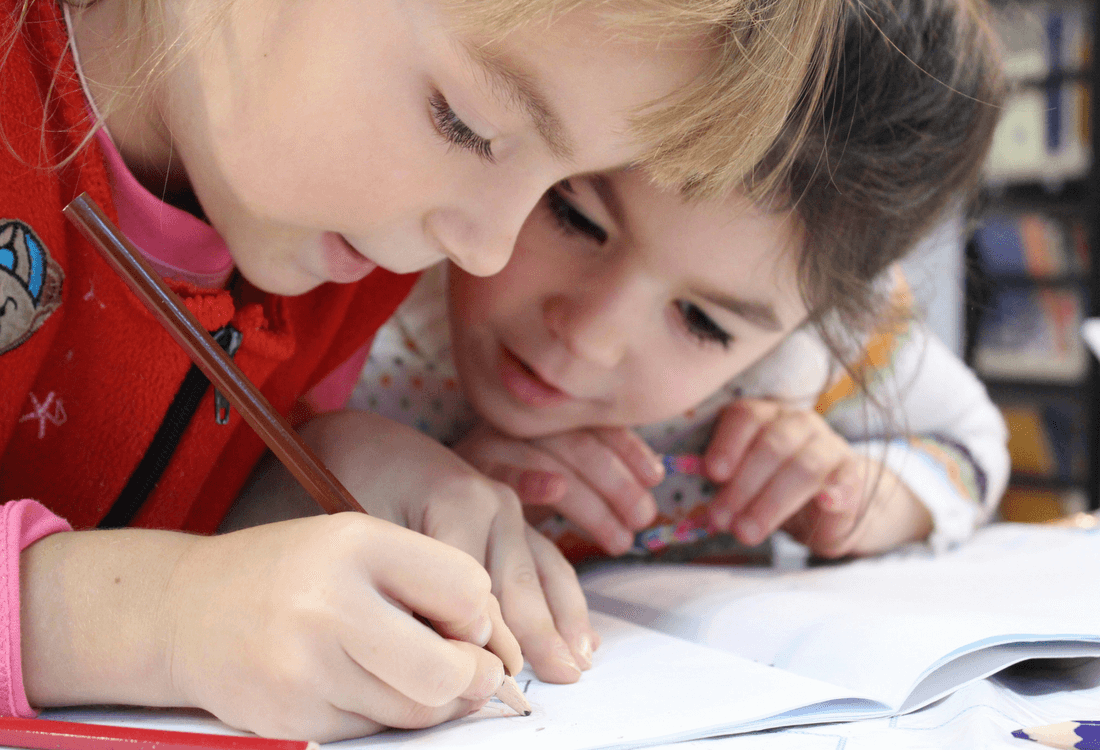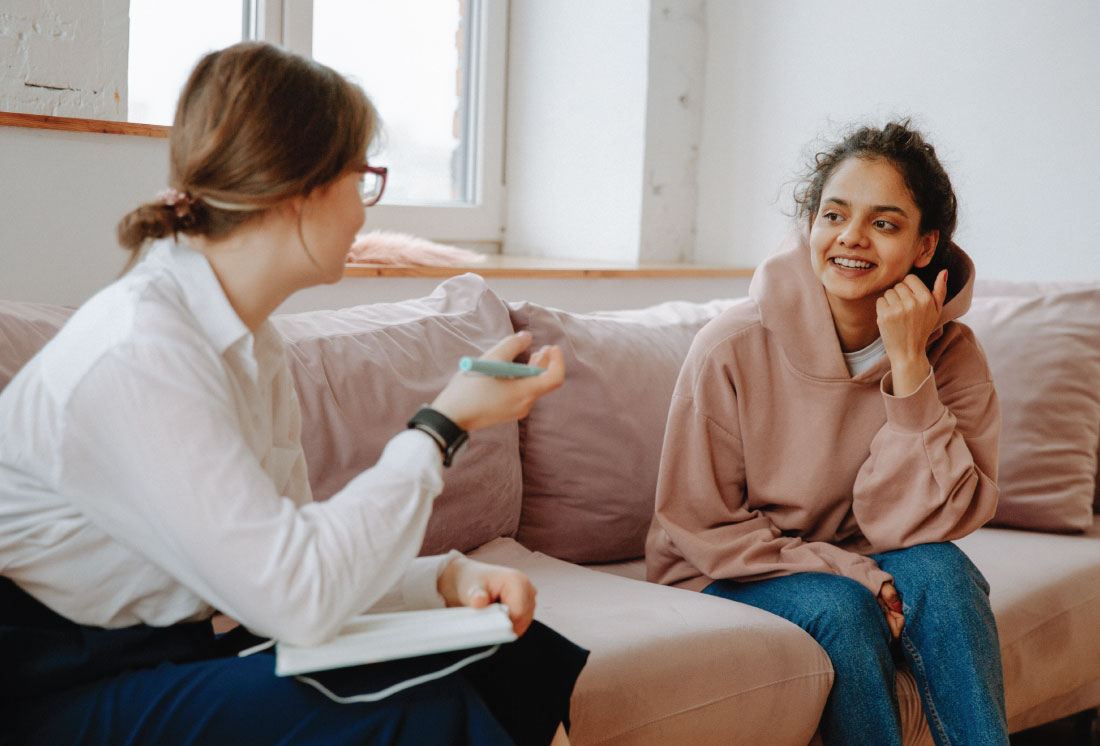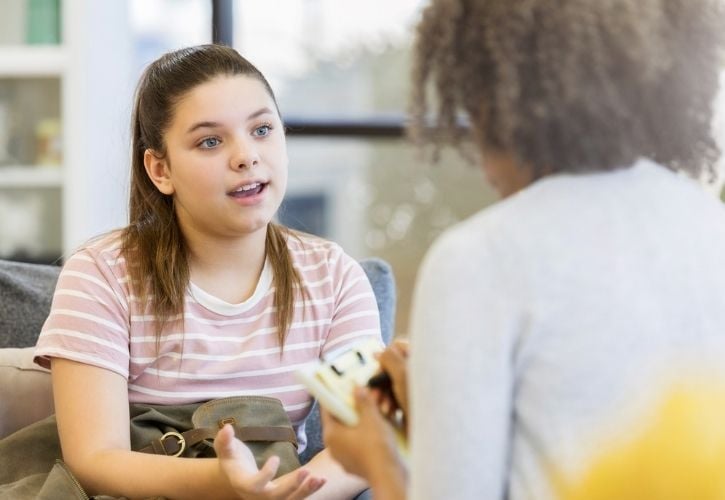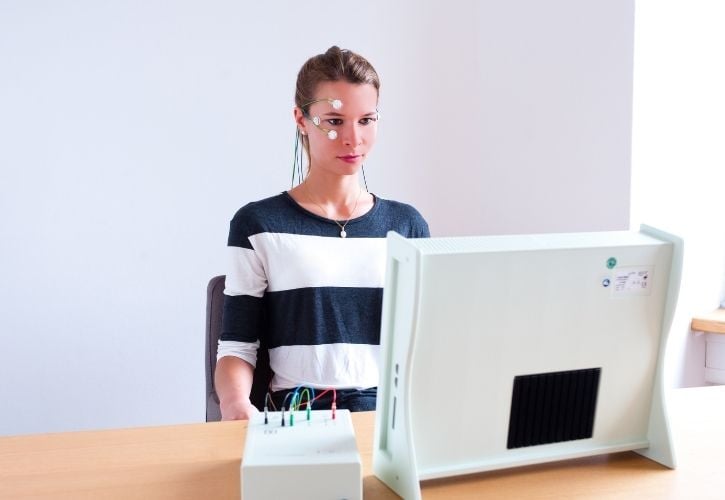Multimodal ADHD Therapy
The earlier a diagnosis is confirmed, the better chances there are for a successful treatment. It is also important for adults to have their ADHD diagnosis confirmed and treated. With children and adolescents, as well as with adults, treatment should always depend on the personal weaknesses and strengths of the patient and should include several coordinated modules.
As distractions always stem from many different aspects of life, it is important to include people from a patient’s immediate environment in the therapy. These can be parents, teachers, or doctors.

Aims of ADHD therapy
The aim of such a therapy is to improve the patient's abilities in different aspects of life and to offer them a new way of life and a new lifestyle. In particular, the following aspects should be strengthened:
- Social competences
- Skills in school and job
- Self-esteem
- Concentration and attention
- Social situation and the situation within the family

Components of multimodal ADHD-therapy
Therapeutic counseling and behavioral parent training
To achieve these goals, it is essential to instruct and train parents of affected children and young people and to encourage them to change the perspective of their child. Often it is already helpful to develop more understanding of the child's behavior, to strengthen the positive skills, and to be happy about successes. These aspects help to cope with the distractions in everyday life. At the same time, parents receive help to structure the child's day in a reliable way, to convey rules, to set limits, and to handle tantrums or bad performances.

Psychotherapeutic treatment
Pupils, adolescents, and adults who have to cope with enormous problems might find it helpful to participate in a psychotherapeutic treatment. This might help them to control their impulses, to improve their concentration, and teach them to handle situations that are difficult for them. Within this therapy, children get to know relaxation exercises to consciously perceive their body and mind and to control both. Particularly, if the family situation is difficult, special family-oriented psychotherapy is sometimes useful.
Neurofeedback
Another possible component of multimodal treatment is Neurofeedback, a computer-based and behavioral therapy based on biofeedback. It enables patients with ADHD to influence their patterns of brain activity themselves. As with EEG, the therapist places electrodes on the patient's head. These electrodes transmit patterns of brain activities to a computer and visibly display them on a screen. Therefore, the affected people learn to activate specific brain regions that are under excited and to make their brain attentive or relaxed when they need to be. Afterwards, the patient should be able to adapt these mechanisms into everyday life and to better control his or her behavior and attention.
Support groups and single coaching
For adults, as well as relatives of affected children or affected adults themselves, support groups can play an important role. In individual coaching, they can learn to better organize themselves and their daily lives, and to develop strategies to solve specific problems.
Occupational Therapy
If children with ADHD have problems with perception or motor skills, occupational therapy or special education exercises are often particularly effective. Above all, the strengths of these children, such as their imagination or creativity are promoted, while weaker areas, such as attention or fine motor skills, are improved. All this is done through game-like activities. Motion games, for example, can help to reduce the excessive urge to move. Other exercises sharpen the perception or help children to cope with frustration better. In addition, the children learn within occupational therapy to structure their work, to write clearly, and to appropriately deal with their feelings. Occupational therapists are increasingly offering Neurofeedback, too.
Medical treatment
Sometimes therapeutic measures alone are not sufficient to sustainably improve a child’s situation. Therefore, in severe cases it might be necessary to use a medical treatment as part of a multimodal therapy and to form the basis for other therapies. Most medications used here contain the active substances methylphenidate and atomoxetine. However, parents should be intensively informed about the dosage and possible side effects of such medical treatments. At the same time, children should be taught that drugs do not solve their problems and that they must also actively contribute to the success of the therapy.
Find a clinic
Seek innovative and personalized treatment at a clinic near you
I'm a clinician
Learn more about our platform, innovative technologies and training academy for health professionals and researchers.
I'm an investor
Learn more about our vision and plans for growth and access our Investor Room.
Stay up to date with the neurocare platform and our network of clinics
Stay up to date with our platform and clinics
Copyright © neurocare group AG 2025






